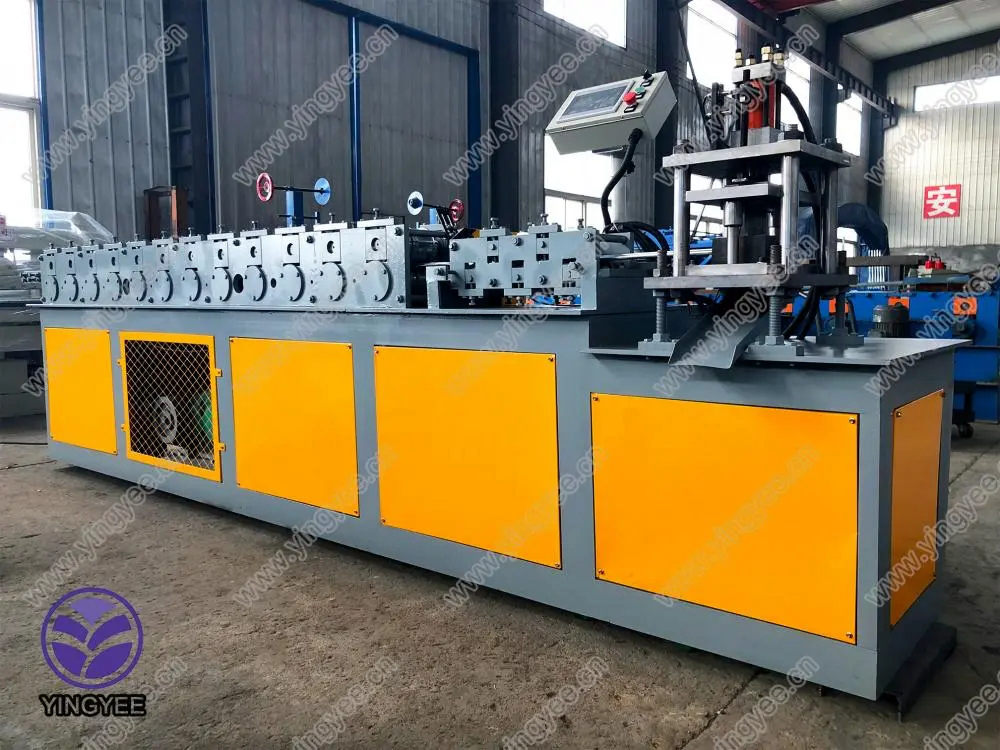
The Acoustical Barrier Cold Bending Machine Revolutionizing Sound Reduction Solutions
In today’s world, noise pollution has become an increasingly pressing issue that adversely affects the quality of life. From bustling urban environments to industrial zones, the need for effective sound mitigation solutions has never been greater. Among various technologies, the acoustical barrier cold bending machine stands out as a pivotal innovation in the realm of sound insulation. This machine not only enhances the physical properties of acoustical barriers but also contributes to environmental sustainability and cost efficiency.
Understanding Acoustical Barriers
Acoustical barriers are structures designed to reduce sound transmission from one area to another. They are commonly made of various materials, including metal, vinyl, and other composite materials, each engineered to absorb or deflect sound waves. In particular, barriers that are shaped and constructed properly can greatly diminish noise levels in both residential and commercial contexts. This is where the cold bending machine plays an essential role.
The Role of Cold Bending Technology
Traditionally, manufacturing acoustical barriers involved labor-intensive processes that could lead to waste and inefficiencies. The cold bending machine changes this by utilizing a technique that allows for precision shaping of materials without the introduction of excessive heat. This ensures that the integrity of the materials remains intact and reduces the risk of deformation, which could compromise sound insulating properties.
Cold bending machines work by applying pressure to the material, allowing it to bend and form shapes that facilitate enhanced acoustic performance. This capability is particularly beneficial for creating custom shapes that fit specific designs or requirements, such as curved walls or unique architectural features.
Key Benefits of the Acoustical Barrier Cold Bending Machine

1. Precision and Flexibility One of the most significant advantages of this technology is its ability to produce highly precise shapes tailored to specific soundproofing needs. Whether a project requires straight panels or complex curves, the cold bending machine offers unparalleled flexibility.
2. Material Conservation By minimizing waste during the manufacturing process, the cold bending technology contributes to more sustainable production practices. This aspect is particularly vital in today's environmentally conscious society, where reducing material waste is paramount.
3. Enhanced Performance The structural integrity of materials remains intact due to the cold bending process. This results in acoustical barriers that not only fit better but perform more effectively in reducing sound transmission.
4. Cost-Effectiveness In the long run, the efficiency of the cold bending process reduces labor costs and production time. This streamlined approach can lead to significant savings, making it a viable option for both large-scale industrial applications and smaller, custom projects.
5. Installation Ease Parts produced by cold bending can be designed for easier installation, reducing the time and effort required during the setup phase.
Conclusion
The acoustical barrier cold bending machine represents a significant advancement in the construction of soundproofing solutions. As cities grow and industrial activities expand, the demand for effective noise reduction technologies will continue to rise. The precision, sustainability, and efficiency offered by this technology provide a robust answer to modern noise-related challenges. Stakeholders in construction, architecture, and urban planning should consider the adoption of cold bending machines to create innovative and effective acoustical solutions that address the needs of today and tomorrow. Through these advancements, we can look forward to quieter, more peaceful environments that enhance the quality of life for all.